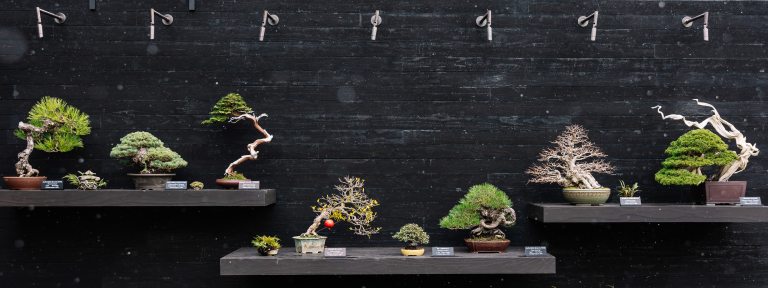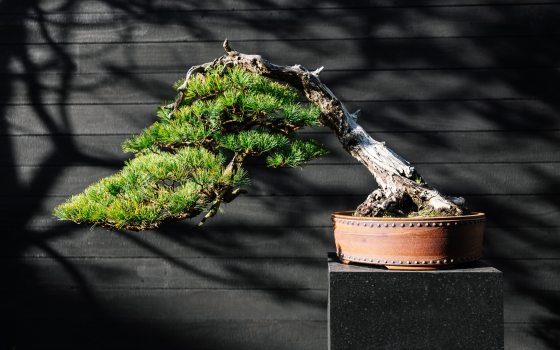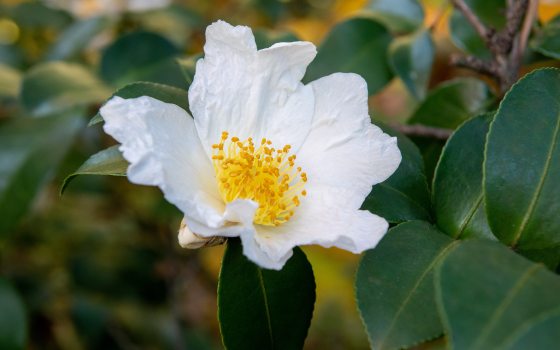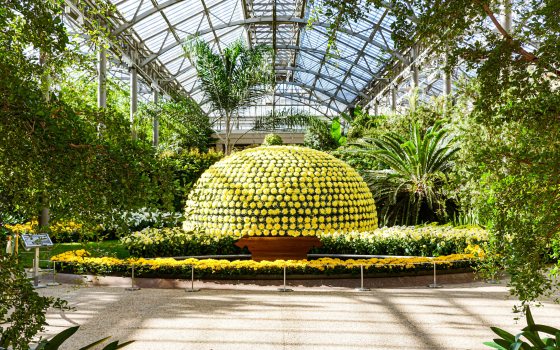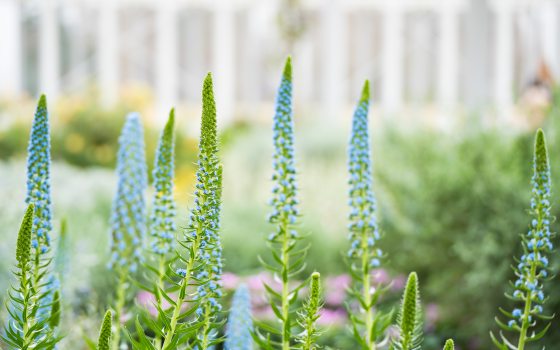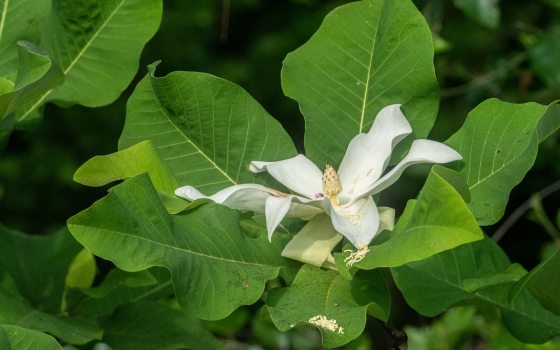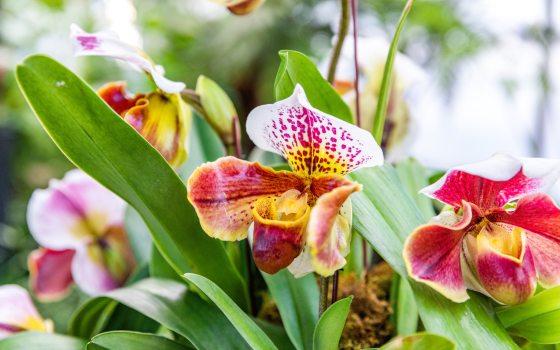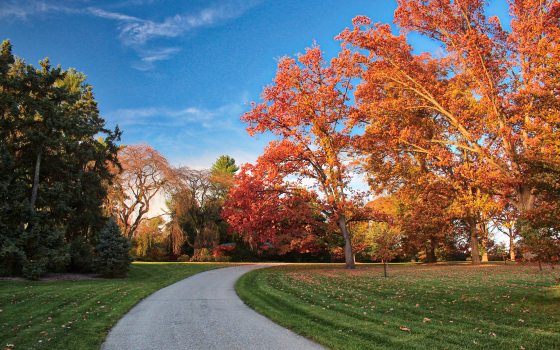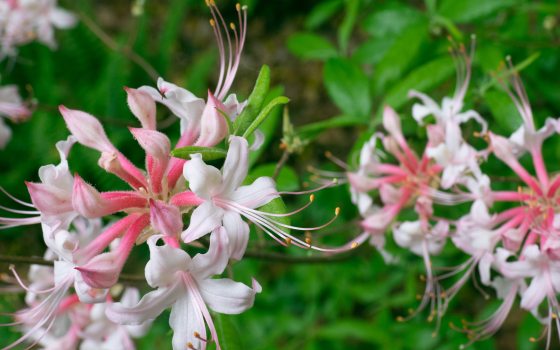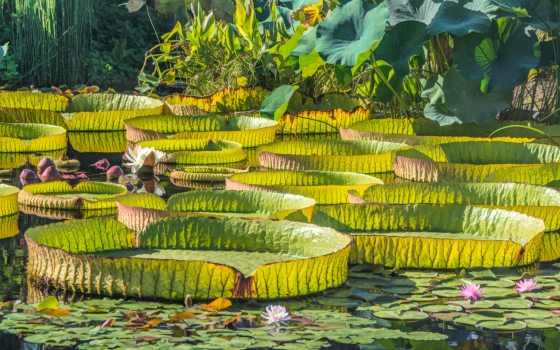We are stewards of a living plant collection containing about 13,500 different types of plants.
At Longwood, these collections are often organized and displayed by plant type, such as our bonsai, orchids, or water lilies. As a garden, we have 12 core collections. Our boxwood, chrysanthemum, waterlily, and Peirce's trees collections are Nationally Accredited Plant Collections™ as recognized by The American Public Garden Association. This is an acknowledgment of our enduring dedication to preserving plant collections and reaching a distinguished level of excellence in collections management.
Our living collections are important as they provide the basis of our science work—from conservation efforts to horticulture to floriculture production. They serve as repositories of genetic diversity, supporting the development of new plant varieties, hybrids, and cultivation techniques.
Like museums who manage and acquire objects, we continually seek to strategically expand our collections of plants, while caring for and sharing these plants with other botanical gardens.
Conservation is a key goal for our collections, as we house rare, endangered, or threatened plant species. By collaborating with and coordinating our collections with other botanic gardens around the world, we ensure that a broad range of genetic material is protected, enhancing the overall resilience and adaptability of plant species in the face of environmental changes, climate variations, and threats like diseases.
Beyond conservation, we use our living collections to serve as dynamic educational tools, allowing guests to explore and learn about the rich diversity of plant life, and be inspired by our displays that highlight the beauty that is in nature. Scientifically, our collections are held to a high standard of excellence so that they can be used for studies in horticulture, plant biology, genetics, and ecology, offering controlled environments for experimentation and observation.
These collections are guided by our Living Plant Collections Policy which establishes the framework for guiding acquisitions, development, documentation, and care across the collections. Further, a Disaster Preparedness Plan outlines proactive and responsive strategies to safeguard the plant collections—including best practices for preventing, mitigating, and recovering from incidents to ensure the integrity and continuity of Longwood’s most important collections.
